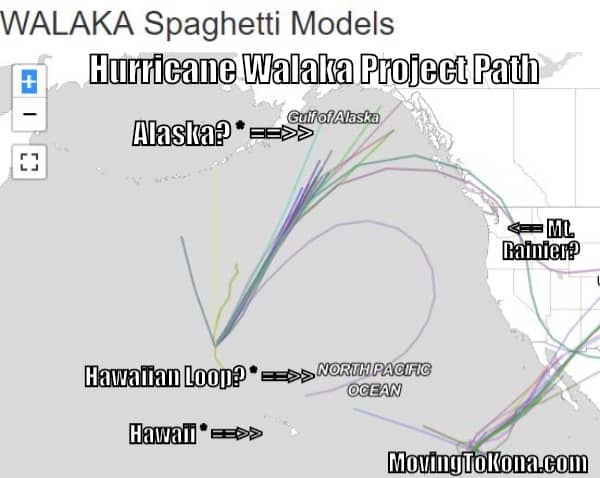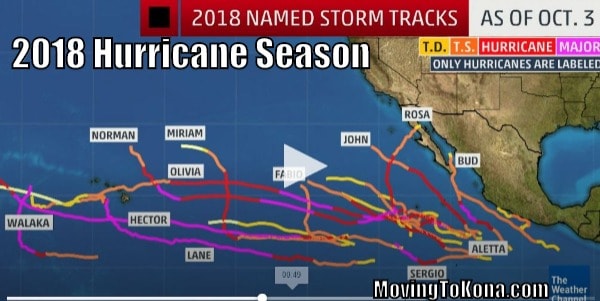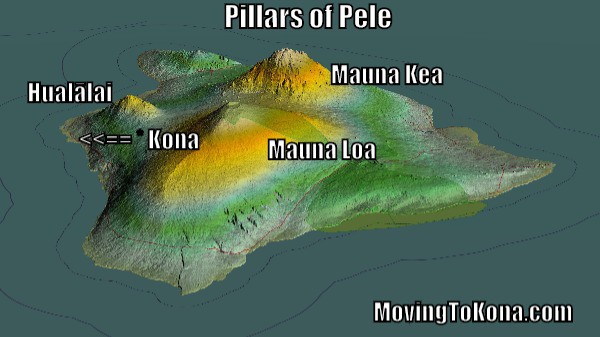Former Category 5 Hurricane Walaka – Projected Path: Former Hurricane Walaka bypassed Hawaii and then became a tropical storm. Below are two images of the projected path; one from NOAA and one from Cyclocane.
Former Category 5 Hurricane Walaka – Cyclocane Model: The website Cyclocane uses multiple hurricane projection sources and finds any number of paths for former Hurricane Walaka: Alaska? Back to Hawaii? Over the top of Mt. Rainier? Down to Arizona?
Category 5 Hurricane Walaka – NOAA Model (Viagra Enhanced): NOAA projects former Hurricane Walaka to take a direct shot at Alaska. There have been plenty of social media comments about the unique shape of the path: “Walaka seems a little bit excited,” “They’re projecting 6 to 9. They’ll only get 3,” “Walaka getting a little ballsy today.” You get the idea.
Hurricane Walaka – Category 5: Hurricane Walaka was the largest Central Pacific Basin hurricane in over a decade. We didn’t hear about it because it missed Hawaii by 1,000 miles. Even though it missed by so far, the size of the hurricane and the strength serve as a warning to remain vigilant.
Hurricane Walaka is the nineteenth named storm and the eighth major hurricane of the 2018 Pacific hurricane season. The hurricane originated from over a thousand miles south-southeast of Hawaii on September 25. The National Hurricane Center tracked the disturbance for another day or so before it moved into the Central Pacific Basin. Walaka gradually strengthened, becoming a hurricane on October 1. Walaka then began to rapidly intensify, reaching Category 5 intensity by early on October 2.
If you look at the image from KHON2 you can see how large the weather system was when compared to the State of Hawaii.
Amazon Products
It has been a busy hurricane season. The Weather Channel reports, “Two of the Three Busiest Eastern Pacific Hurricane Seasons Have Now Occurred in the Past Four Years.” Click image below for video.
NOAA – Number of Tropical Cyclones per 100 Years: It is not too late in the season for a Pacific Ocean hurricane to form.
Read More:
- Homeowners Insurance vs Hurricane Insurance vs Flood Insurance – What’s The Difference?
- Hawaii Hurricane Preparedness Checklist – 20+ Immediate Tips: ʻOhana Planning for Hurricane Safety
- Hurricane Preparedness: The Most Overlooked Hurricane Prep Items (Are Surprising)…
The Kona Rain Shadow: As we discuss why Kona gets so little rain, we will also talk about the hurricanes and tropical storms of 2018.
Three Pele-grown mountains protect Kona when weather originates from the east (and sometimes to the south): Mauna Kea at 13,803 feet, Mauna Loa at 13,679 feet and Hualalai at 8,271 feet.
Read More: Kona And The Pillars Of Pele? Record Rain in Hilo – No Rain in Kona. The Kona Rain Shadow Effect.







